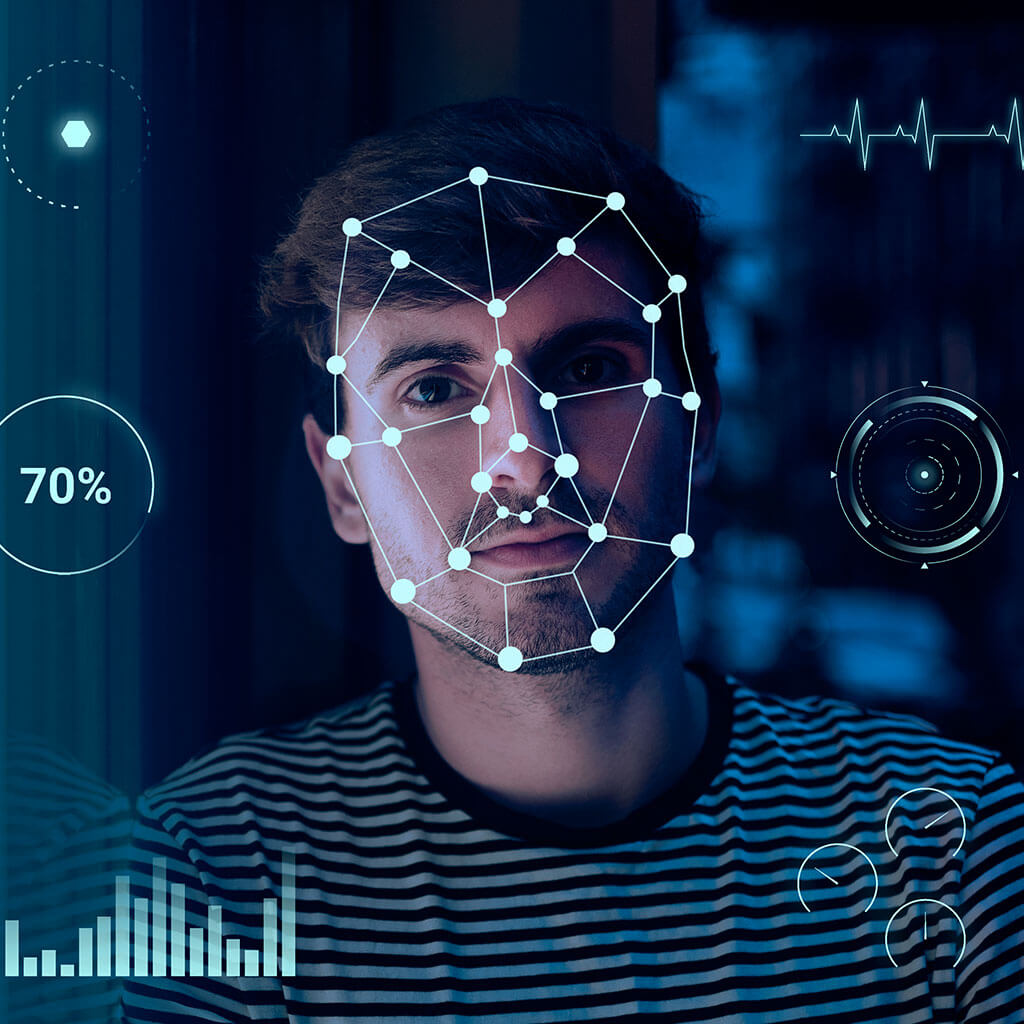The digital world is rapidly evolving, and so are the ways we interact with technology. In recent years, we’ve seen the rise of biometric authentication as an alternative to traditional passwords and PINs. From fingerprint scanners to facial recognition, our bodies are becoming the new passwords. This shift towards biometric browsing offers both convenience and heightened security, but it also raises important questions about privacy and data protection.
With biometric authentication, users can gain access to devices and services with a simple scan or recognition of a unique physical characteristic. This not only provides a more seamless experience but also adds an extra layer of security. For example, Apple’s iPhone X introduced Face ID, which maps a user’s facial features to securely unlock the device. This technology is now widely used and trusted, with many users preferring the convenience of facial recognition over typing in a passcode. Similar technologies are being employed for other purposes, such as iris scanning for border control, providing fast and secure identification.
However, as with any new technology, there are concerns and challenges. One of the primary concerns is the potential for misuse or abuse of biometric data. Our biometric identifiers are inherently unique and permanent, which means that if this data falls into the wrong hands, the consequences could be severe. For instance, if a password is stolen, it can be changed, but we cannot change our fingerprints or facial features. This permanency underscores the importance of robust security measures and user consent when it comes to biometric data collection and storage.
Another challenge is ensuring equal access and accuracy for all users. Biometric systems must be able to recognize a diverse range of physical characteristics accurately. Differences in skin tone, eye color, or facial structure should not impact the effectiveness of the technology. Misidentification or higher error rates for certain groups can lead to discrimination and exclusion, underscoring the importance of inclusivity in the development of these systems.
As biometric browsing continues to evolve, so must our understanding of the implications and our approach to security and privacy. While this technology offers undeniable convenience, it is crucial that users are educated on the potential risks and given control over how their biometric data is used and stored.
In the future, we can expect to see even more innovative ways of using our bodies for authentication. Vein recognition, gait analysis, and even heart rhythm identification are all emerging technologies that could shape the way we interact with devices and services. The key to a successful and trusted biometric future lies in ensuring that security and privacy go hand in hand with convenience and innovation.
Furthermore, the application of biometric technology extends beyond consumer devices and is making significant inroads in various industries. For example, in the healthcare sector, biometric patient identification is being used to improve patient safety and reduce errors. This involves using fingerprint or iris scanning to accurately identify patients, ensuring they receive the correct treatments and medications. In the financial industry, voice recognition is being employed to authenticate customers, providing an additional layer of security for sensitive transactions.
As our world becomes increasingly digital, the importance of secure and reliable authentication methods grows. Biometric browsing offers a promising solution, but it is crucial that we approach this technology with a thorough understanding of the benefits and risks involved. Public awareness, industry regulation, and ethical guidelines will all play a vital role in shaping the future of biometric browsing and ensuring that our body data remains secure and under our control.
What do you think about the future of biometric browsing? Are you excited about the convenience it offers, or do you have concerns about the potential privacy implications? Share your thoughts and join the conversation below!
